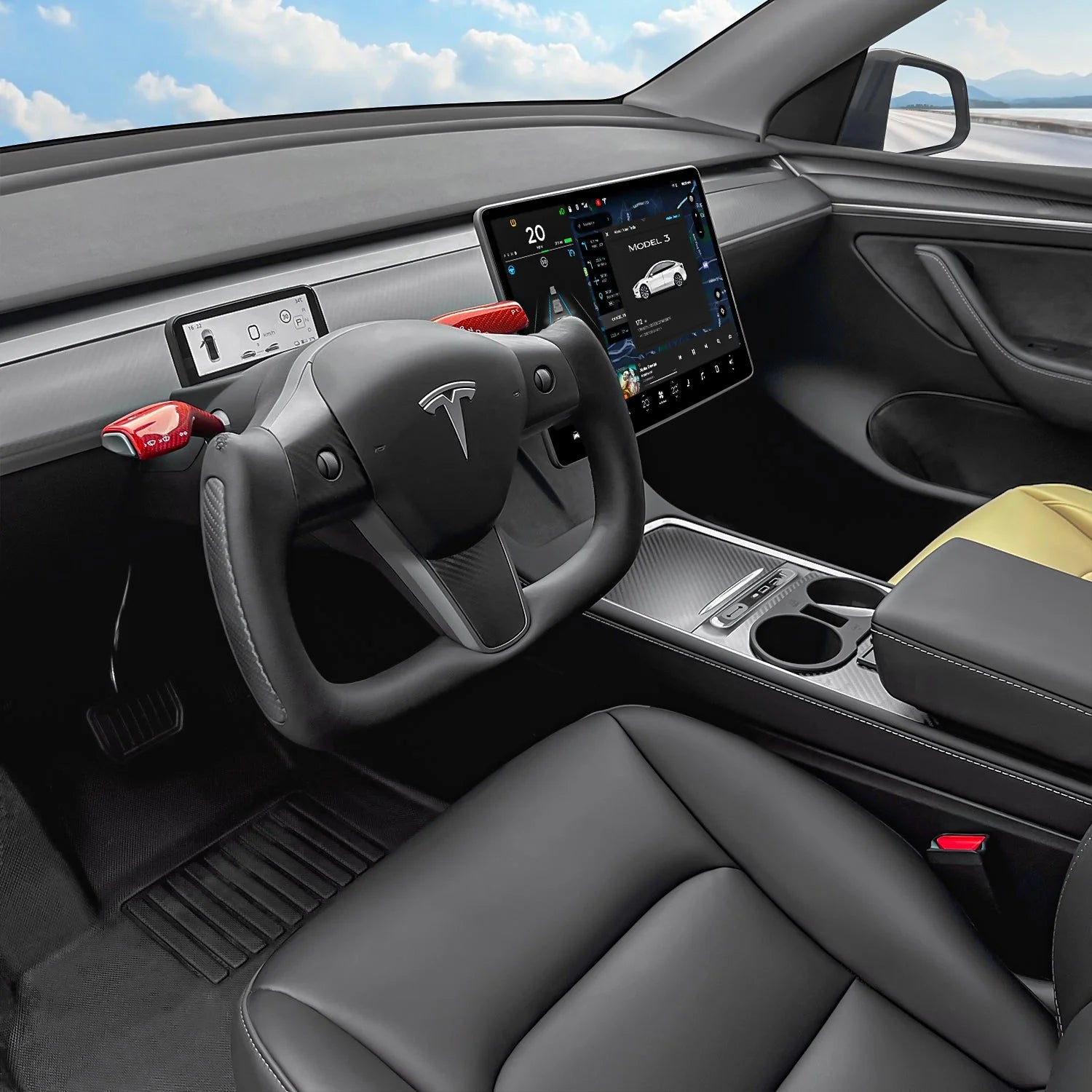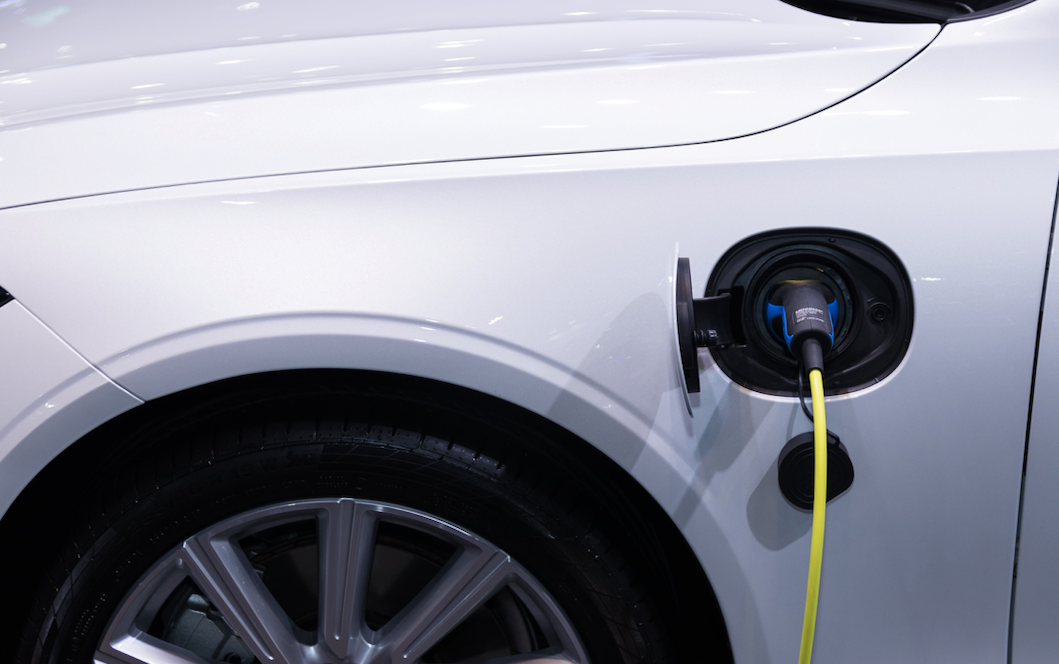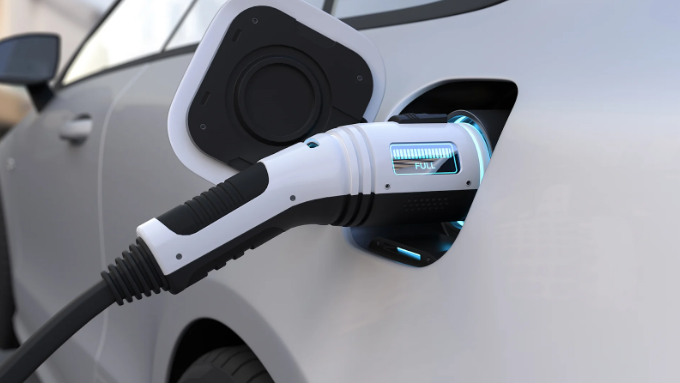Understanding the differences between single-phase and 3-phase charging systems is key in determining the need for a 3-phase car charger.
Single Phase vs. 3 Phase Charging: A Comparison
Single-phase charging, common in most households, uses one conductor to supply power, typically maxing out at 7.4kW (32 amps). This suffices for overnight charging of smaller battery capacities, usually up to 50 kWh. This means that a 50 kWh battery will be charged in less than 8 hours.
In contrast, 3-phase charging uses three conductors, significantly increasing power transfer capacity, often up to 22kW (at 32 A). This difference not only affects the charging speed but also the reliability and efficiency of power delivery, making 3-phase systems more suitable for faster and more consistent charging needs.
What is a 3-Phase Car Charger?
A 3-phase car charger operates using three electrical cables and is designed to handle higher voltages, typically 380 volts, compared to the 230 volts in single-phase chargers. This enables it to deliver much faster charging speeds, reaching up to 11 kW (16 A) or 22 kW (32 A). As a result, 3-phase car chargers are highly beneficial for electric vehicles with larger battery capacities or for users who need quicker charging times to accommodate their lifestyle or work demands.
The Benefits of Using a 3-Phase Car Charger
Opting for a 3-phase EV charger brings several advantages, particularly for EV owners with specific charging requirements. The key benefits include a faster, more efficient, and economically advantageous solution for charging electric vehicles, particularly suited for those with higher usage demands.
Faster Charging Times Explained
The primary benefit of a 3-phase EV charger is its capability to charge electric vehicles much faster than single-phase chargers. Due to the higher power output, a 3-phase home EV charger can replenish an EV's battery up to almost three times quicker (a 22kW 3-phase EV charger is taken as an example). This is particularly advantageous for EVs with substantial battery sizes.
Increased Efficiency for High Power Demands
3-phase chargers offer increased efficiency, especially for high power demands. The system’s ability to distribute the load evenly across three wires reduces the chances of overloading and minimizes energy loss during charging. This makes 3-phase charging not only faster but also more efficient and safer compared to single-phase charging.
Long-Term Energy and Cost Savings
In the long term, the efficiency and speed of 3-phase charging translate into energy and cost savings. The balanced load distribution and quicker charging times mean less energy is wasted, and EVs spend less time plugged in, reducing overall electricity costs. While using a 3-phase EV charger you can take advantage of the lower night tariff which is usually 8 hours. Larger batteries (60 kWh and more) won’t be able to fully charge in less than 8 hours if they don’t use an 11kW or a 22kW 3-phase car charger.
Identifying If You Need a 3-Phase Car Charger
Deciding whether you need a 3-phase electric car charger involves assessing both your vehicle's capabilities and your personal charging habits. First, check if your EV is compatible with 3-phase charging, then consider if the single-phase charger would satisfy your needs.
Assessing Your Vehicle's Charging Requirements
When considering a 3-phase EV charger, the first step is to assess your vehicle's charging capabilities. Check your EV’s specifications to determine its maximum charging speed. Many modern EVs, especially those designed for longer ranges or commercial use, are compatible with 3-phase charging and can benefit from the faster charging speeds it offers. For example, vehicles like the BMW i3, Tesla, and Audi e-tron, and many others are capable of utilizing 3-phase chargers efficiently (up to 11 kW). On the other hand, some EVs, particularly older models or those with smaller batteries, may not require the high power output of a 3-phase car charger and can be sufficiently charged with a single-phase system. Examples are the Nissan Leaf, Smart Fortwo, Fiat 500e (US version), Mitsubishi i-MiEV, and Volkswagen e-Up! and many others.
Considering Your Daily Driving and Charging Habits
Your daily driving and charging habits also play a crucial role in determining whether a 3-phase electric car charger is right for you. If you frequently drive long distances and require quick turnarounds between trips, the faster charging times of a 3-phase system can be highly beneficial. Additionally, if you have more than one EV or plan to expand your EV usage, a 3-phase system can accommodate the increased demand, providing efficient charging for multiple vehicles simultaneously.
Where 3 Phase charging is available
3-phase electricity is commonly available in commercial and industrial settings due to its higher power capacity. In Europe, 3-phase power is standard in many areas, you may also find 3-phase charging options in residential settings, particularly in newer developments or homes with upgraded electrical systems. The availability of 3-phase charging is expanding as the adoption of EVs grows, with more public charging stations and residential installations incorporating this technology.
Compatibility: Vehicles That Benefit from 3-Phase Charging
Not all electric vehicles are compatible with 3-phase charging, but those that are can significantly benefit from the faster charging speeds. Cars designed for 3-phase charging usually have larger batteries and are built for higher performance or longer range. As the EV market continues to evolve, more models are being equipped to take advantage of 3-phase charging capabilities. It's important to check your vehicle’s manual or consult with the manufacturer to determine if your EV is compatible with 3-phase charging and if it can fully utilize the faster charging speeds it offers.




